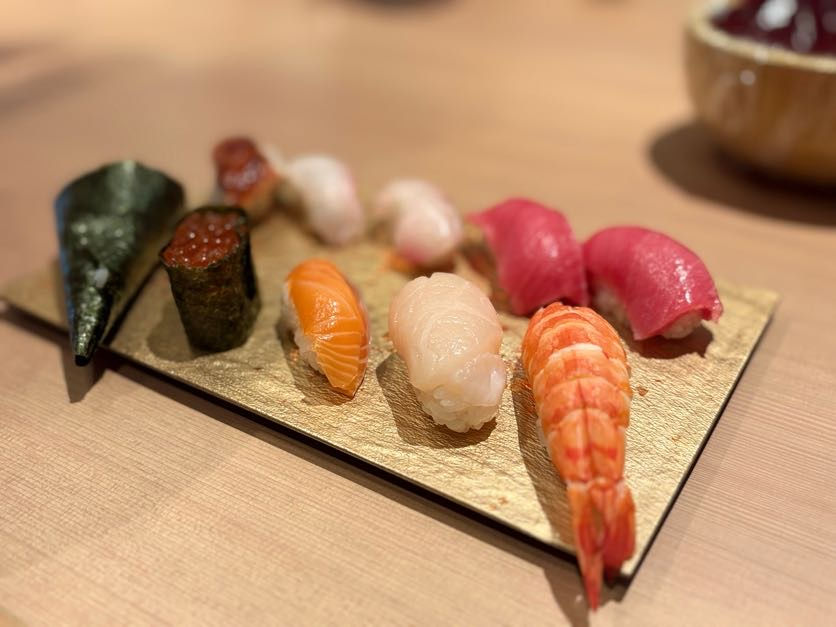What’s the Difference Between Tokyo and Osaka Sushi? 🍣
- Shiho Nishida

- Jul 17
- 2 min read
When chatting with guests at Sushi Academy Ginza, we often meet travelers who are exploring not only Tokyo but also Osaka, Hiroshima, and other cities over several weeks. This summer, with the Osaka Expo on the horizon, the Kansai region is especially popular among visitors.
One of the most common questions we hear is:“How is sushi in Tokyo different from sushi in Osaka?”
In this post, we’ll introduce the key differences between Kanto-style (Edomae sushi) and Kansai-style (Osaka sushi). Understanding these regional styles can add a new layer of enjoyment to your culinary journey through Japan. Taste the difference as you travel!
1. The Flavor of the Rice Is Different!
One major difference lies in the flavor of the shari (sushi rice).In Tokyo-style Edomae sushi, the rice is seasoned with a sharper, more vinegary taste. This light and clean flavor helps bring out the natural taste of the fish.
On the other hand, in Osaka and much of the Kansai region, the sushi rice tends to be sweeter. This sweeter seasoning is said to have developed because oshizushi (pressed sushi), a common style in the region, was often eaten after some time had passed. The extra sugar helped prevent the rice from drying out.

2. The Choice of Fish Is Different, Too!
In Tokyo, you’ll often find classic Edomae toppings such as tuna, anago (saltwater eel), and kohada (gizzard shad). Among them, tuna is especially important—in fact, some say a sushi restaurant’s reputation depends on the quality of its tuna.
Meanwhile, in Osaka, white fish is more commonly featured. Thanks to the nearby Seto Inland Sea and other coastal areas, it’s easy to source fresh white fish locally. Popular choices in Kansai include sea bream (tai) and pike conger (hamo).
While Tokyo-style sushi often includes an extra step like marinating or simmering to enhance the flavors, Kansai-style sushi tends to highlight the natural taste of the ingredients.

3. Freshness in Kansai, Technique in Kanto
In Kanto-style Edomae sushi, it’s common to enhance the fish with a bit of extra preparation. For example, kohada (gizzard shad) and tuna are often marinated or aged to bring out deeper umami flavors. These techniques are part of the Edomae tradition, developed to make the most of each ingredient.
In contrast, Kansai-style sushi tends to showcase fish in its freshest state, often described as ikka-tteiru (活かっている)—meaning lively or just-caught. This results in a firmer, more springy texture, which is one of the hallmarks of sushi from the Kansai region.
There’s No One Right Answer —
Sushi is one of Japan’s most iconic and globally celebrated cuisines.Its history, styles, and ways of eating vary widely—but perhaps that’s because there’s no single “right” answer.
At its heart, sushi is about making the most of local ingredients, using the skill and creativity of the chef to present each fish in its best possible form.What’s considered a staple topping in Tokyo might be rarely seen in Osaka—and vice versa. These regional differences are part of what makes sushi so fascinating.

We encourage you to explore sushi restaurants across different regions of Japan and enjoy the unique flavors and cultural differences each has to offer.
May your journey through sushi also become a journey into the rich regional diversity of Japan.





Comments